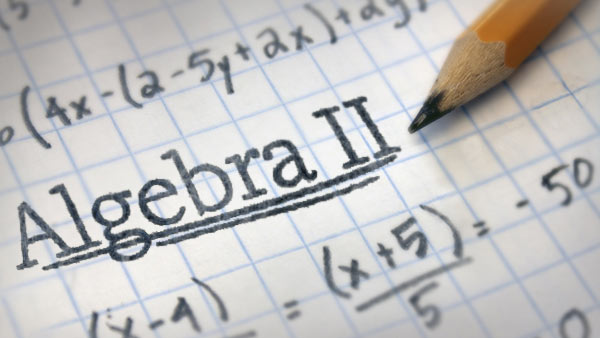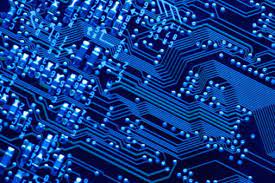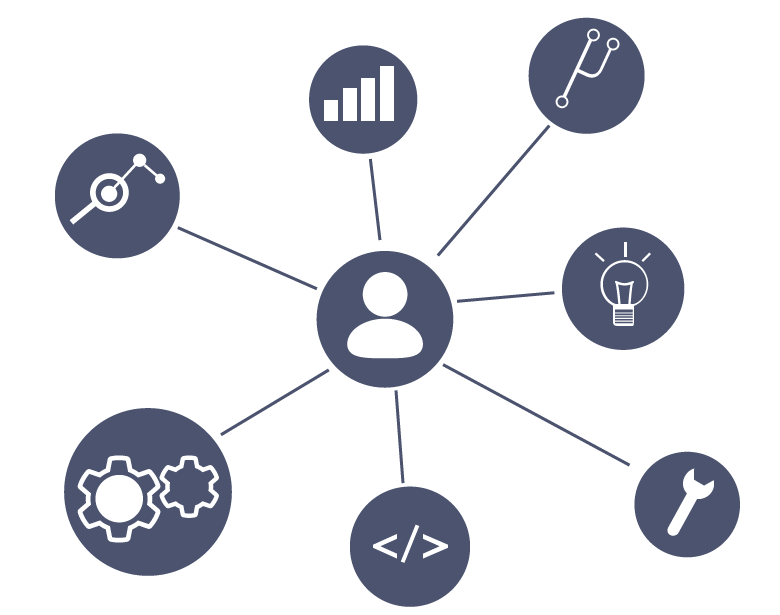
This course is intended for first-year undergraduate students enrolled in the Mathematics – Computer Science program, within the common core in Mathematics, Applied Mathematics, and Computer Science. It is designed for students with a basic background in general physics and mathematics.
This course covers the fundamental principles of electricity, from electrostatics to magnetostatics. It aims to equip students with both theoretical and practical foundations to understand electrical and magnetic phenomena and analyze electrical circuits. Core laws such as Ohm’s, Kirchhoff’s, Gauss’s, and Biot–Savart’s will be studied.
- Teacher: Fatma Zohra FOUDDAD

- Teacher: abdelwahhab Hammoudi

A scientific computing language is a programming language specifically designed for the scientific community to perform complex scientific calculations. And for this purpose, it is rich in terms of functions and libraries facilitating the programming tasks for researchers in various fields.
- Teacher: abdallah belkadi

- Teacher: Naima Beladam
This module aims to provide students with various aspects of integral calculus, including the Riemann integral, different techniques for computing antiderivatives, and an introduction to solving differential equations.
Recommended Prerequisites: Analysis 1.
- Teacher: Abdallah Beddani

The course begins by introducing subprograms, also known as functions or procedures, which are reusable and modular blocks of code. Subprograms help structure code by breaking it down into smaller, more manageable tasks, making it easier to understand, maintain, and reuse.
Next, recursion is covered. Recursion is a concept where a function calls itself to solve a problem. This approach enables elegant and concise solutions while reducing code complexity. Base cases and recursive cases are defined to ensure that recursion terminates properly.
Pointers are an essential element of the C language. They allow direct memory manipulation by referencing variable addresses. Pointers are used to pass memory addresses to functions, dynamically allocate memory, and create complex data structures such as linked lists.
Linked lists are dynamic data structures that allow flexible storage and organization of data. Each element in the list contains a value and a reference (pointer) to the next element. Linked lists are particularly useful when the data size is unknown in advance or when frequent insertions and deletions are required.
Finally, files are introduced. Files allow data to be stored permanently on storage media such as a hard drive. File reading and writing operations are explained, along with different file opening modes. Files are commonly used for data backup, sharing, and handling large amounts of information.
In summary, this course provides an overview of fundamental programming concepts, focusing on subprograms, recursion, pointers, linked lists, and files. These concepts are essential for understanding programming in C and form a strong foundation for developing complex and efficient software applications.
- Teacher: omar kemmar